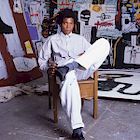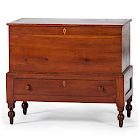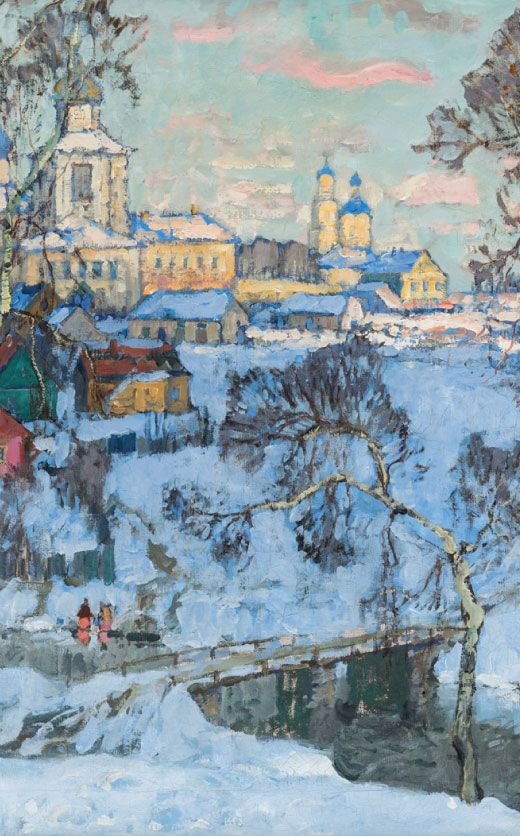Abraham Ortelius: Mapping the World in the Renaissance
In the late 16th century, as Europe’s Age of Discovery unfolded, one man helped the world see itself more clearly: Abraham Ortelius (1527–1598). A Flemish geographer, Ortelius forever changed cartography with the publication of his groundbreaking atlas, the Theatrum Orbis Terrarum (Theatre of the World), first issued in 1570.
Before Ortelius, maps circulated as individual sheets, beautiful but fragmented. His genius was to bring them together in a single, uniform volume. Drawing from the best geographic sources of his day, Ortelius created a cohesive, standardized world view, making knowledge accessible to merchants, scholars, and explorers alike. For this achievement, he is remembered as the “Father of the Modern Atlas.”
Ortelius was also a man ahead of his time. In his notes, he observed how the coastlines of Europe, Africa, and the Americas seemed to align, foreshadowing the modern theory of continental drift by centuries. His maps were more than scientific tools; they were works of art, adorned with elaborate cartouches, mythic sea monsters, and ships sailing across uncharted waters.
Ortelius at Auction
Collectors have long prized Ortelius’s maps for their historical significance and artistic beauty. This September, bidders will have the rare opportunity to acquire examples from his celebrated atlas at Schmidt's Antiques Inc. on September 27 at 10:00 AM CDT.
Featured lots include:
1570 Map by Abraham Ortelius (Lot 22)
A pivotal year in cartographic history; the very first edition of the Theatrum Orbis Terrarum. This early imprint captures the moment Ortelius introduced the world to the atlas as we know it.
1587 Map by Abraham Ortelius (Lot 23)
Nearly twenty years after the first edition, this map demonstrates how Ortelius updated his atlas to keep pace with exploration’s rapid advances.
1579 Map by Abraham Ortelius (Lot 24)
Issued less than a decade later, this richly detailed map reflects Ortelius’s ongoing refinements, incorporating new geographic knowledge while maintaining his unmistakable decorative style.
A Legacy on Paper
To hold an Ortelius map is to hold the Renaissance itself; a time when the boundaries of the known world were expanding and art and science merged on the printed page. These maps are more than documents; they are testaments to human curiosity and imagination.
For collectors, the pieces offered at Schmidt’s this September are not just acquisitions, but touchstones to the moment when the world was first drawn together.
See the full catalog and register to bid on Bidsquare.com.
- Inspired by Cape Cod: The Artists Who Paint Its Light, History, and Character
- Modern Masterworks: A Celebration of Midcentury & Contemporary Design
- Inuit Masterworks: Rare Arctic Stone Carvings
- Auction Highlights: Exceptional Fine Art from the Lucille Coleman Collection at Doyle
- Treasures of the East: Highlights from Brunk Auctions' Asian Art Sale
- Pre-Columbian Art & Beyond: Timeless Legacies of the Ancient Americas
- Featured Artist: Frank Stella (1936–2024)
- A Vanderbilt & Whitney Legacy: The Collection of Marylou Whitney & John Hendrickson
- Behind the Curtain: The Tony Walton Collection at Willow Auction House
- Fine Western & American Art: Coeur d’Alene’s November Sale Celebrates the Spirit of the West



 EUR
EUR CAD
CAD AUD
AUD GBP
GBP MXN
MXN HKD
HKD CNY
CNY MYR
MYR SEK
SEK SGD
SGD CHF
CHF THB
THB















